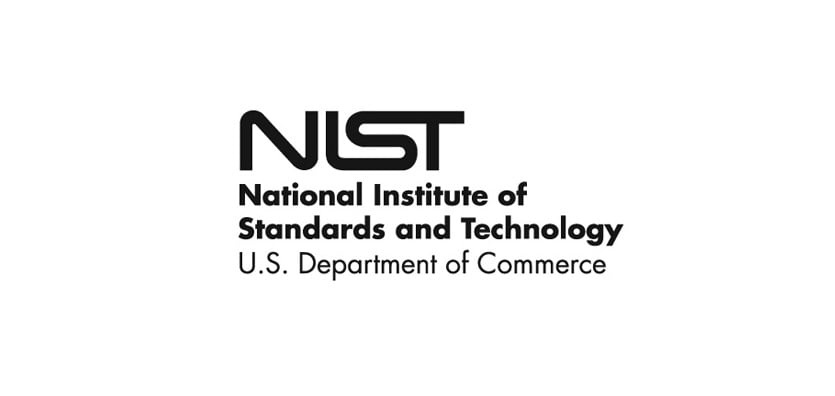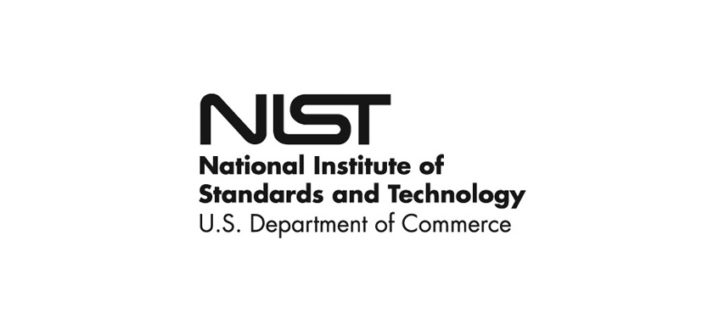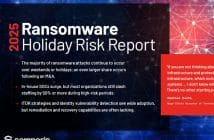
NIST has released Draft NIST Internal Report (NISTIR) 8213, A Reference for Randomness Beacons: Format and Protocol Version 2, for public comment. A randomness beacon is a timed source of public randomness. It pulsates fresh randomness at expected times and makes it available to the public. The pulses contain random values that are timely generated, stored, timestamped, signed and hash-chained in a publicly-readable database. Thereafter, any external user can retrieve—via database queries—any past pulse and its associated data. Beacons offer the potential to improve fairness, auditability and efficiency in numerous societal applications that require randomness. A notable benefit of using public randomness is in enabling after-the-fact verifiability, for the purpose of public transparency.
Draft NISTIR 8213 provides a reference for implementing interoperable randomness beacons. The document defines terminology and notation, a format for pulses, a protocol for beacon operations, hash-chaining and skiplists of pulses, and the beacon interface calls. It also provides directions for how to use beacon randomness, and includes security considerations. With the release of this draft publication, NIST intends to seek constructive feedback from interested parties.
The public comment period for this draft closes on August 5, 2019. See the publication details link below for the document and instructions for submitting comments.
NOTE: A call for patent claims is included on page iv of this draft. For additional information, see the Information Technology Laboratory (ITL) Patent Policy–Inclusion of Patents in ITL Publications.
Publication detaills:
https://csrc.nist.gov/publications/detail/nistir/8213/draft
NIST Randomness Beacon project:
https://www.nist.gov/programs-projects/nist-randomness-beacon





